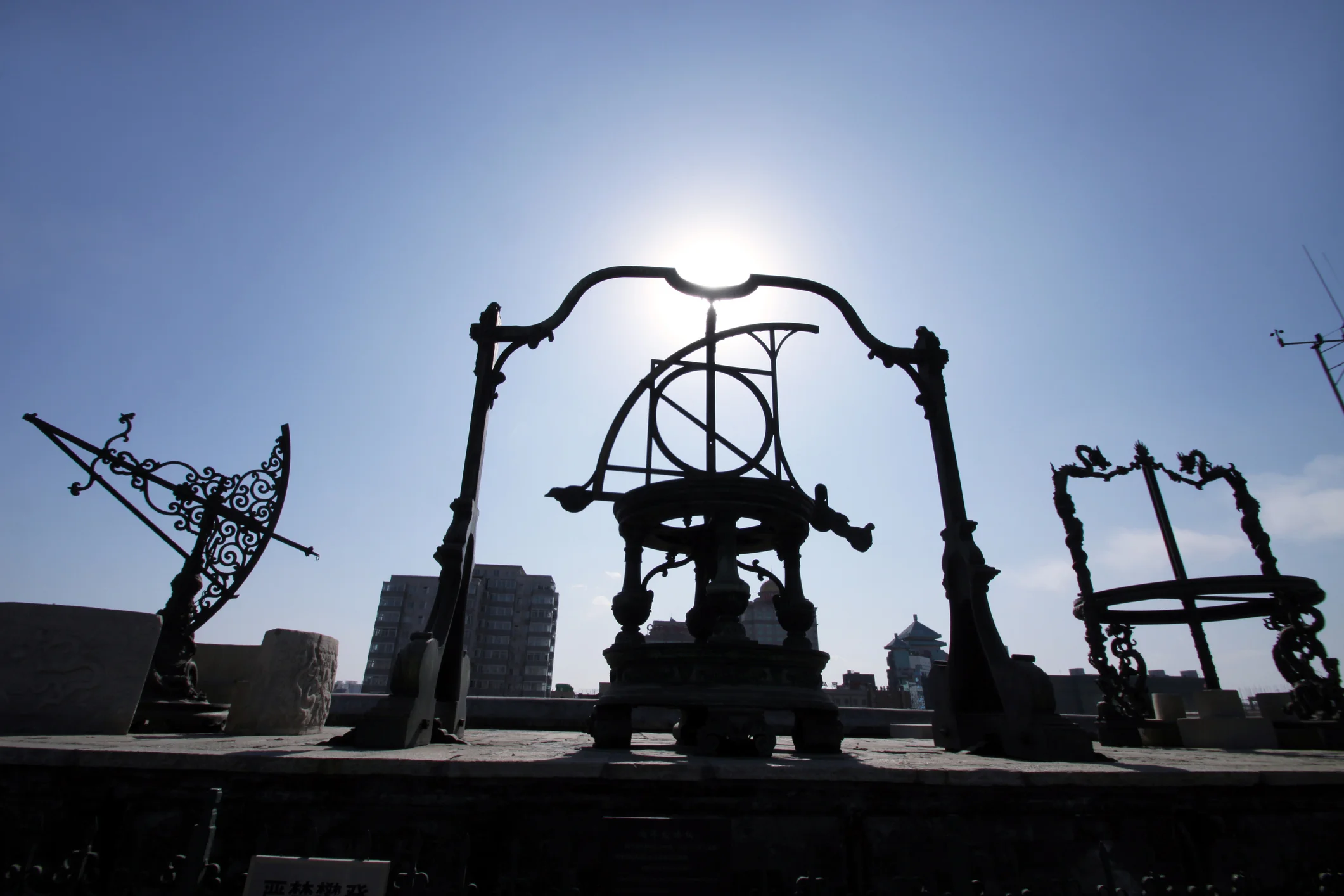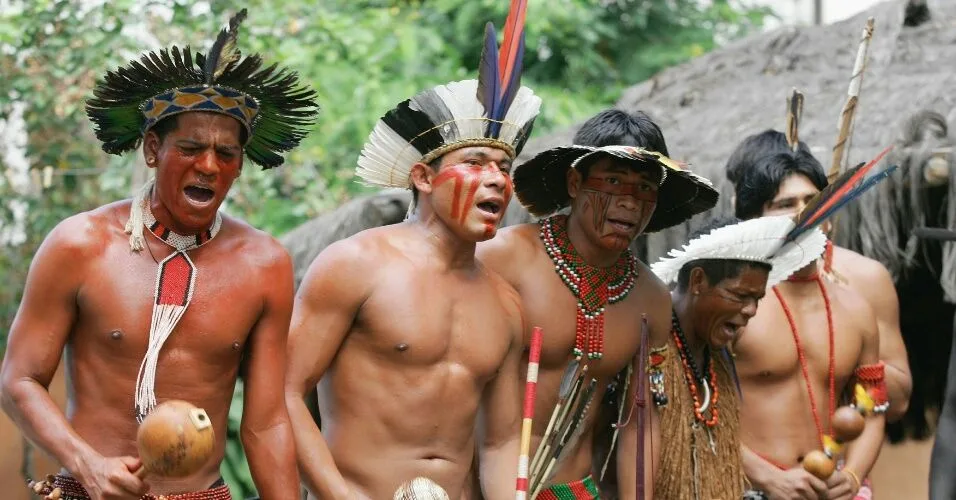For millennia, humanity has looked to the heavens for guidance, marking time through the celestial dance of the Moon. Ancient lunar calendars shaped civilizations in profound ways, influencing everything from agricultural practices to religious ceremonies.
These sophisticated timekeeping systems reflect the remarkable astronomical knowledge of our ancestors. Understanding how ancient societies tracked lunar phases reveals not only their scientific achievements but also the deep connection between celestial observations and daily life. The Moon’s cycles became the foundation for organizing societies, planning harvests, and celebrating sacred occasions across diverse cultures worldwide.
🌙 The Origins of Lunar Timekeeping
The earliest evidence of lunar calendar use dates back over 30,000 years, with archaeological discoveries suggesting that prehistoric humans carved notches into bones and cave walls to track Moon phases. These primitive calendars demonstrated an innate human need to measure and predict time, essential for survival in a world governed by natural cycles.
The lunar month, approximately 29.5 days from new Moon to new Moon, provided a natural and observable unit of time. Unlike the solar year, which requires more complex calculations to track accurately, the Moon’s phases are immediately visible and predictable. This accessibility made lunar calendars the preferred choice for many ancient civilizations.
Early agricultural societies particularly relied on lunar observations. The Moon’s gravitational pull affects tides and, some ancient cultures believed, influenced plant growth and animal behavior. Farmers planned planting and harvesting schedules around specific lunar phases, traditions that persist in some communities today.
Ancient Civilizations and Their Lunar Systems
Mesopotamian Moon Wisdom
The Sumerians and Babylonians developed one of the earliest sophisticated lunar calendars around 3000 BCE. Their calendar consisted of twelve lunar months, alternating between 29 and 30 days, totaling approximately 354 days. This created a significant discrepancy with the solar year of 365.25 days.
To reconcile this difference, Mesopotamian astronomers inserted intercalary months periodically, adding an extra month roughly every three years. This lunisolar approach ensured that seasonal festivals remained aligned with appropriate times of the year. The Babylonian calendar profoundly influenced later systems, including the Hebrew and Islamic calendars.
Egyptian Lunar-Solar Hybrid
Ancient Egyptians initially used a lunar calendar but eventually transitioned to a civil calendar based on the solar year. However, they maintained lunar calculations for religious purposes, demonstrating the sacred significance of Moon cycles. The heliacal rising of Sirius, combined with lunar observations, helped predict the annual Nile flooding crucial for agriculture.
Egyptian priests served as astronomers, meticulously recording celestial events. Their observations contributed to one of the most accurate calendar systems of the ancient world, dividing the year into twelve months of thirty days, plus five additional days.
Chinese Lunar Legacy
The Chinese lunar calendar, still used today for traditional festivals, represents over 4,000 years of continuous astronomical refinement. This lunisolar calendar coordinates with both Moon phases and solar terms, dividing the year into twenty-four solar periods marking seasonal changes.
Chinese astronomers achieved remarkable precision, calculating the lunar month as 29.53059 days, incredibly close to modern measurements. The calendar incorporates a nineteen-year cycle with seven intercalary months, ensuring synchronization between lunar months and solar seasons. This system influences billions of people worldwide, governing celebrations like Chinese New Year and Mid-Autumn Festival.
Islamic Pure Lunar Calendar
The Islamic calendar stands as one of the few purely lunar calendars still in widespread use. Consisting of twelve lunar months totaling approximately 354 days, it does not attempt to align with the solar year. Consequently, Islamic months shift through the seasons, completing a full cycle every 33 years.
This calendar system holds profound religious significance, determining the timing of Ramadan, Hajj, and other Islamic observances. The sighting of the new crescent Moon marks the beginning of each month, maintaining a direct observational connection to celestial phenomena that characterized ancient lunar timekeeping.
Cultural and Religious Influences of Lunar Calendars
Lunar calendars fundamentally shaped religious practices across civilizations. Many ancient cultures associated the Moon with deities, viewing its phases as manifestations of divine will. The waxing and waning Moon symbolized cycles of birth, death, and rebirth, influencing mythologies and spiritual beliefs worldwide.
Jewish traditions maintain strong lunar connections through the Hebrew calendar, which determines dates for Passover, Yom Kippur, and other religious observances. The calendar combines lunar months with solar year adjustments, reflecting ancient agricultural roots while maintaining religious continuity spanning millennia.
Hindu festivals like Diwali and Holi follow lunar calculations, with many celebrations timed to specific Moon phases. The Hindu calendar system actually encompasses multiple regional variants, all incorporating lunar elements that connect modern practitioners with ancient traditions.
Moon Phases and Ceremonial Life
Ancient societies structured ceremonial activities around lunar phases, believing different Moon stages held distinct spiritual energies. New Moons often represented new beginnings, making them auspicious for initiating projects or performing purification rituals. Full Moons symbolized culmination and abundance, frequently marking harvest celebrations and major festivals.
Indigenous cultures worldwide developed rich ceremonial calendars based on lunar observations. Native American tribes named each full Moon according to seasonal characteristics—Wolf Moon, Harvest Moon, Hunter’s Moon—names that reflected environmental conditions and survival activities relevant to each period.
Agricultural Applications and Seasonal Planning
The relationship between lunar calendars and agriculture extended beyond simple timekeeping. Farmers in ancient Mesopotamia, Egypt, China, and the Americas believed Moon phases directly influenced crop success. These beliefs, whether scientifically valid or not, organized agricultural labor and created predictable rhythms for community cooperation.
Planting by the Moon remains a practice in various cultures today, with proponents claiming lunar gravitational effects influence water content in soil and plants. While modern science debates these claims, the historical importance of lunar agricultural calendars is undeniable. They provided frameworks for coordinating large-scale farming operations essential for supporting growing populations.
Seasonal festivals tied to lunar calendars served multiple functions: celebrating successful harvests, marking planting times, and reinforcing social bonds through communal activities. These gatherings strengthened community identity while ensuring knowledge transmission about agricultural timing across generations.
Astronomical Achievements and Mathematical Sophistication
Creating accurate lunar calendars required sophisticated astronomical observations and mathematical calculations. Ancient astronomers tracked not only basic Moon phases but also more complex phenomena like lunar eclipses, the Moon’s varying orbital speed, and its changing position relative to stars.
The Metonic cycle, discovered by Greek astronomer Meton in 432 BCE, revealed that 235 lunar months equal approximately nineteen solar years. This relationship enabled more accurate lunisolar calendars, reducing accumulated errors between lunar and solar cycles. Many calendar systems, including the Hebrew and Chinese calendars, incorporate this nineteen-year pattern.
Babylonian astronomers compiled extensive astronomical records spanning centuries, enabling them to predict lunar eclipses with remarkable accuracy. These predictions demonstrated advanced understanding of celestial mechanics and enhanced the astronomers’ social status as interpreters of divine will.
Recording and Preserving Lunar Knowledge
Ancient civilizations developed various methods for recording lunar observations. Cuneiform tablets from Mesopotamia contain detailed astronomical data, while Chinese oracle bones and bamboo manuscripts preserve lunar calculations. These records represent humanity’s earliest scientific databases, carefully maintained and transmitted across generations.
Stone monuments like Stonehenge and Newgrange demonstrate architectural integration of lunar knowledge. These structures align with significant lunar positions, suggesting ceremonial importance and serving as permanent calendrical references. The effort required to construct such monuments underscores the profound cultural significance of lunar cycles.
Social Organization and Lunar Timekeeping
Lunar calendars provided frameworks for organizing complex societies. Regular monthly divisions facilitated administrative functions like tax collection, military planning, and legal proceedings. The predictability of lunar phases enabled societies to coordinate activities across distant regions without modern communication technologies.
Market days, legal assemblies, and social gatherings often aligned with specific lunar phases, creating rhythms of activity that structured community life. These patterns fostered social cohesion by providing shared temporal references that unified diverse populations within civilizations.
Priestly classes often controlled calendar knowledge, gaining significant political power through their ability to declare festival dates and auspicious times for important activities. This knowledge monopoly reinforced social hierarchies while ensuring calendrical expertise remained concentrated among educated elites.
Transition Toward Solar Calendars
Despite the prevalence of lunar calendars in ancient times, many societies eventually transitioned toward solar-based systems. The Julian calendar, introduced by Julius Caesar in 45 BCE, established a solar framework that gradually spread throughout the Roman Empire and beyond.
Solar calendars offered advantages for agricultural planning by maintaining consistent alignment with seasons. The Gregorian calendar reform of 1582 further refined solar timekeeping, creating the system now used globally for civil purposes. However, this transition didn’t eliminate lunar calendars, which persist for religious and cultural observances.
The coexistence of solar civil calendars with lunar religious calendars in many societies reflects the enduring influence of ancient lunar timekeeping traditions. Modern Muslims, Jews, Hindus, and Chinese communities maintain lunar calendar connections, preserving practices rooted in millennia of ancestral wisdom.
Modern Relevance and Continuing Influence
Ancient lunar calendars continue influencing billions of people worldwide through religious observances, cultural festivals, and traditional practices. Understanding these calendar systems provides insights into diverse cultural perspectives on time, nature, and cosmic order.
Contemporary interest in lunar cycles extends beyond traditional communities. Gardeners consult lunar planting calendars, alternative health practitioners consider lunar rhythms in treatments, and various spiritual movements incorporate Moon phase awareness into practices. Whether these modern applications reflect genuine lunar influences or cultural continuity from ancient beliefs remains debated.
Technological advances enable unprecedented precision in tracking lunar cycles, yet the fundamental human fascination with the Moon’s changing face persists. Smartphone applications now provide instant access to lunar phase information, connecting users with ancient timekeeping traditions through modern interfaces.
Educational Value and Cultural Preservation
Studying ancient lunar calendars offers valuable educational opportunities, teaching astronomy, mathematics, and cultural history simultaneously. These calendar systems demonstrate how scientific observation, mathematical reasoning, and cultural needs intertwine to produce sophisticated knowledge systems.
Preserving lunar calendar traditions maintains cultural diversity and honors ancestral wisdom. As globalization homogenizes many aspects of life, maintaining distinct calendrical traditions helps communities preserve unique identities and connections to heritage.
Bridging Ancient Wisdom and Contemporary Life
The sophistication of ancient lunar calendars challenges assumptions about primitive past societies. These systems reveal remarkable astronomical knowledge, mathematical ability, and organizational capacity. Recognizing these achievements fosters appreciation for human intellectual history and diverse approaches to understanding the cosmos.
Modern science continues discovering connections between lunar cycles and natural phenomena, from ocean tides to animal reproduction patterns. While many ancient beliefs about lunar influences lack scientific support, the Moon genuinely affects Earth in measurable ways, validating the attention our ancestors paid to its cycles.
Integrating ancient lunar wisdom with contemporary knowledge creates richer understandings of time, nature, and cultural heritage. Rather than viewing lunar calendars as obsolete relics, recognizing their continuing relevance illuminates the enduring human need to harmonize with natural rhythms.
🌟 The Timeless Dance Between Moon and Society
Ancient lunar calendars represent far more than simple timekeeping tools. They embody the relationship between humanity and cosmos, reflecting our ancestors’ determination to understand celestial patterns and apply that knowledge to practical life. From agricultural planning to religious ceremonies, lunar cycles organized societies in fundamental ways.
The precision achieved by ancient astronomers, working without modern instruments, testifies to human ingenuity and observational skill. Their calendrical systems supported the development of complex civilizations, enabling coordination and planning essential for social advancement.
Today, as we navigate life guided primarily by solar calendars and atomic clocks, the Moon continues its ancient dance across the sky. Billions still orient religious observances by lunar phases, maintaining connections to timekeeping traditions thousands of years old. This continuity across millennia demonstrates the profound influence ancient lunar calendars exerted on human civilization—an influence that persists into our modern era, reminding us that the most ancient knowledge sometimes remains the most enduring.
Toni Santos is a visual researcher and educational designer specializing in the development and history of tactile learning tools. Through a hands-on and sensory-focused lens, Toni investigates how physical objects and textures can enhance understanding, memory, and creativity while exploring the intersections of ancient temporal systems, ritualized time practices, and cultural perceptions of chronology. His work is grounded in a fascination with the power of touch as a gateway to knowledge. From embossed maps and textured alphabets to handcrafted manipulatives and sensory kits, Toni uncovers the subtle ways tactile tools shape cognitive development and learning experiences, while engaging with ancestral calendars and forgotten systems, chrono-rituals and time portals, cultural time perception and myth, and devices and tools of time. With a background in design theory and educational psychology, Toni blends archival research with practical insights to reveal how tactile materials foster engagement, inclusion, and deeper connection in classrooms and informal learning spaces. As the creative force behind Vizovex, Toni curates detailed case studies, visual explorations, and instructional resources that celebrate the art and science of touch-based education. His work is a tribute to: The transformative role of tactile tools in learning The intersection of sensory experience, cognition, and temporal wisdom The craft and innovation behind educational objects and time devices Whether you’re an educator, designer, or lifelong learner, Toni invites you to explore the rich textures of knowledge—one touch, one tool, one discovery at a time.




